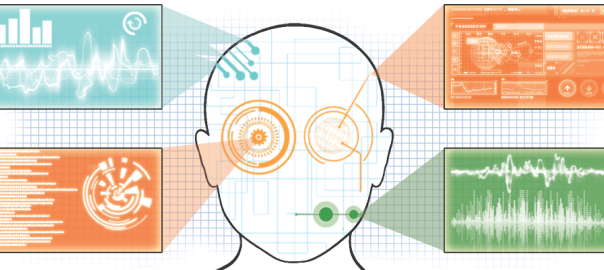Affiliation(s): Pacific Northwest National Laboratory
Abstract:
Information analytics has been democratized. Personalized visualizations are prevalent and surround us… literally. Information auras housing our personal data aid in interactions with others by surfacing current topics of interest – our likes and dislikes. Rather than being tethered to smartphones or other devices, our auras house all of our information and we interact naturally through gesture, mental interaction and tangible computing. Our relevant data is made visible in our aura based on whom we are interacting with. While in groups, our auras fuse based on commonalities and topics of interest in conversation and an intersection of values and passions. Visualizations showing topical convergence, divergence and procedural guidance emerge. It becomes more time efficient to work with others using these highly personalized collaborative aura overlaps than unstructured conversations of the past. Introverted behaviors have become the social norm. Each individual’s private, personal data is “underground” or hidden to protect our information from others.

